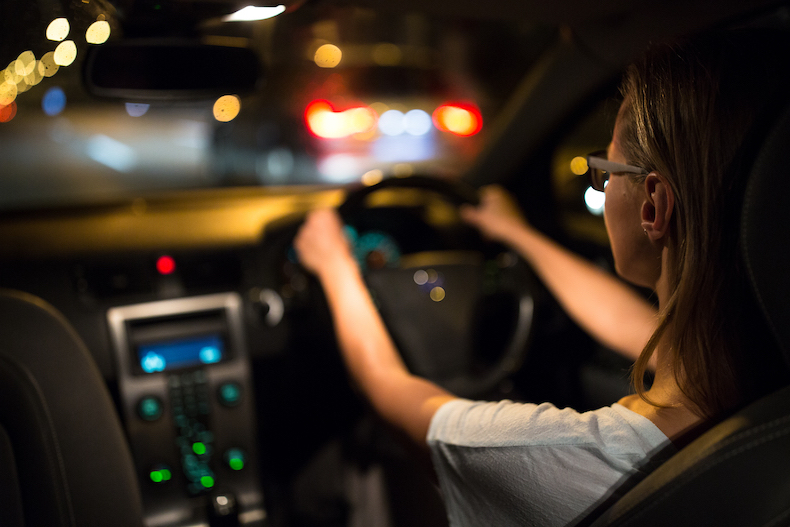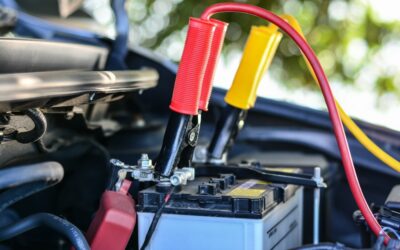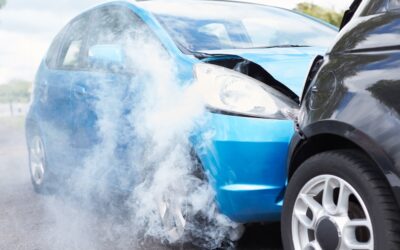With the reduced visibility, driving at night can be a little unnerving. But as there are fewer drivers on the road, driving at night is really no more dangerous than driving by day.
Though there are some precautions you should take to ensure you stay safe when driving after dark. So in this post we’ll share some tips on road safety at night.
What Lights Should I Use When Driving at Night?
It’s illegal to drive at night without your lights on. At the very least you’ll get a fine of £50. But if the police consider you to be “driving without due care or attention”, you could get a heftier fine, and some points on your licence.
Your car has dipped headlights and main beams. Think of your dipped headlights as your general all-purpose lights. They’re bright enough to light your way, and to make you visible to other road users. But because they’re dipped, they’re less likely to dazzle other drivers.
Dipped Headlights vs. Main Beams vs. Fog Lights
In most cases, when driving at night you should use your dipped headlights. The rules say you should turn them on 30 minutes after sunset, and until 30 minutes before sunrise. Many modern cars have automatic headlight settings. So if in doubt, use this and your car will switch your lights on automatically when it gets dark enough.
Full beam headlights are a lot brighter, and they’re angled higher. So you should only use these when it’s very dark, and when there are no other drivers around. Many drivers only resort to using their main beams when they’re driving alone down dark and winding country roads.
Finally, you have your fog lights. For more about when you use these, read our full guide to when to use your fog lights.
Planning and Checks for Driving at Night
- Plan your journey in advance. Try and keep to major roads, as they’ll be easier to navigate, and better lit.
- Allow more time for all your journeys after dark. That way you’ll be able to take your time, and you won’t feel tempted to speed.
- Regularly check that all of your car’s lights are in good working order, including your rear lights. You might have to ask someone to help you check – they can walk around your vehicle and confirm while you activate each set of lights in turn.
- Keep your windows clean – any dirt or marks could result in glare from the lights of other road users. Also keep the inside of your car clean, as any empty water bottles, old items of clothing or rubbish could lead to condensation on your windows.
Top Tips For Driving After Dark
- Be extra wary of pedestrians and cyclists. Some will be wearing high-visibility clothing, but others may be wearing dark clothing that will make them very hard to see.
- Don’t rush. Drive as smoothly and steadily as you can, to give yourself time to spot any hazards. And keep your distance from other road users, so you’ll be able to stop in time if need be.
- If you’re travelling a long distance after dark, take regular breaks – at least one every two hours. Tiredness kills, so it’s important to rest as often as possible.
Should Learners Do Lessons in the Dark?
In the UK, it’s legal for learner drivers to drive at night. You should ask your driving instructor for some driving lessons after dark. When learning to drive, it’s important that you sample as many different driving conditions as possible. A few lessons after dark will really help you build up your confidence, making it more likely that you’ll pass your test first time.
Once your driving instructor’s introduced you to night driving, you might also get some after dark driving practice in outside of your lessons. For this, you’ll need someone to supervise you, and you’ll need to sort out your own car insurance.
At Insure 2 Drive, we offer affordable learner driver insurance to help first-time drivers get all the practice they need outside of lessons. Get in touch for more information.




